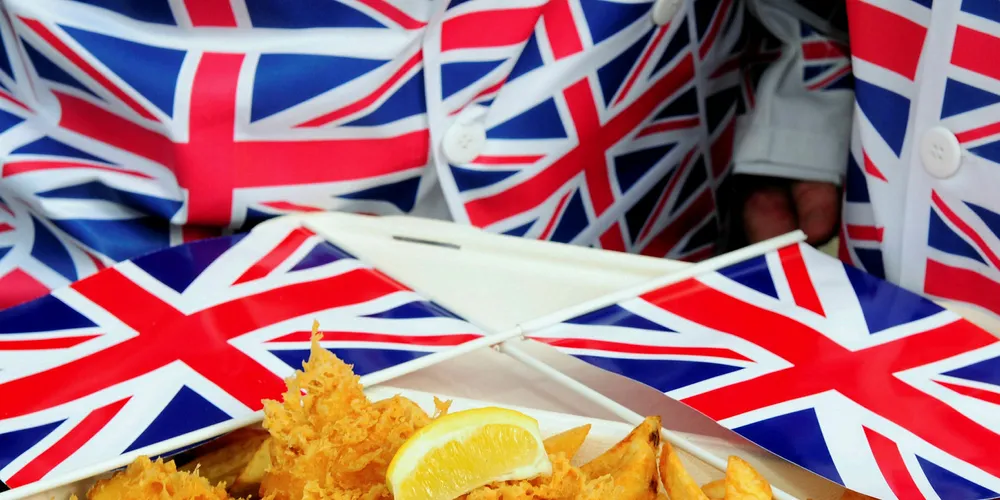UK Seafood Summit: Is there a hidden hard Brexit waiting for seafood?
Formerly known as the Humber Seafood Summit, the event this year takes place over two days and will yet again see Brexit as the most important talking point. Keep checking back here to follow along with all the news.
